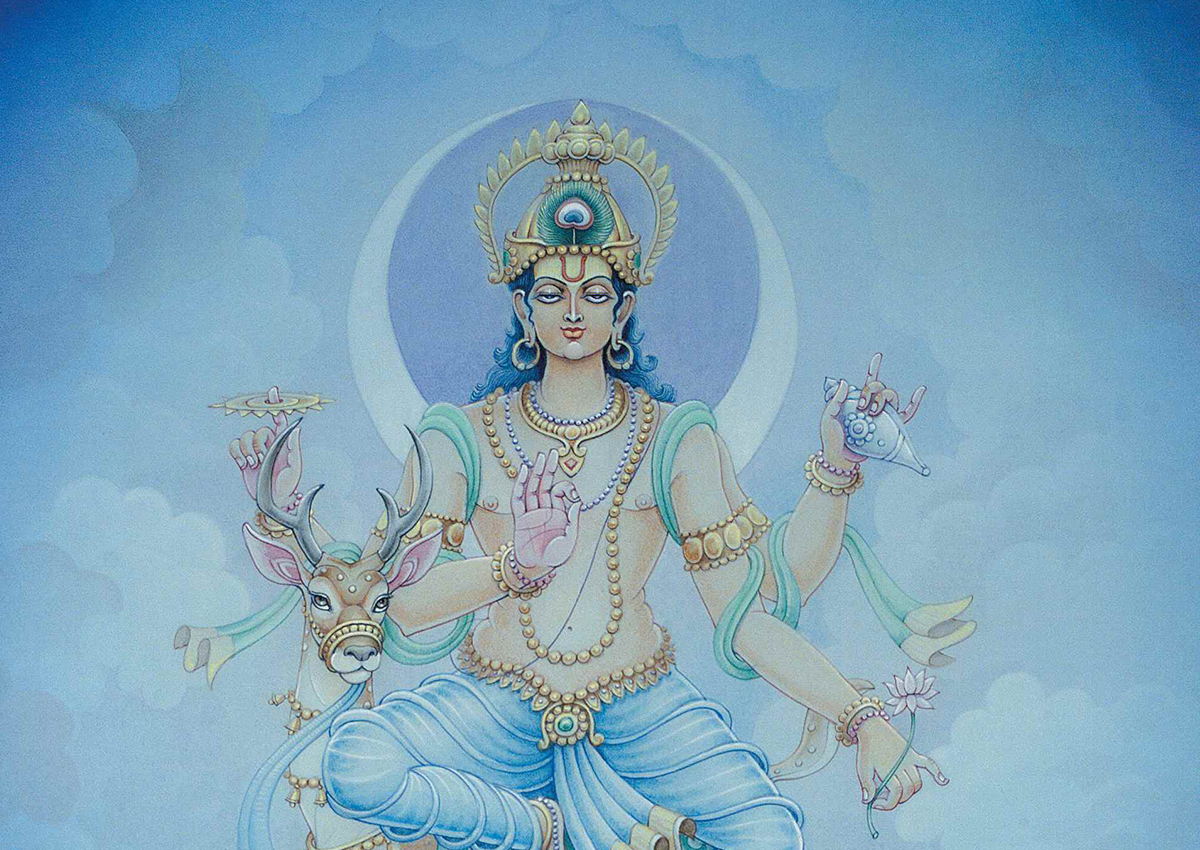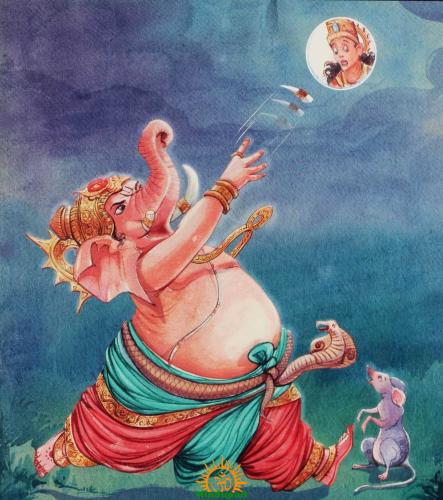Did you know yoga and the moon are deeply connected? Being about 70% water, we are affected by the moon phases according to the laws of gravity. In Ashtanga, we take rest from our daily Mysore practice on full & new moon days. At The Front, we observe these moon holidays for our Mysore program and Primary Series classes.
FULL & NEW MOONS 2022
New Jan 2 | Full Jan 17
New Jan 31 | Full Feb 16
New Mar 2 | Full Mar 18
New Apr 1 | Full Apr 16
New Apr 30 | Full May 15
New May 30 | Full Jun 14
New Jun 28 | Full Jul 13
New Jul 28| Full Aug 11
New Aug 27 | Full Sep 10
New Sep 25 | Full Oct 9
New Oct 25 | Full Nov 8
New Nov 23 | Full Dec 7
New Dec 23 |

Being about 70% water, we are gravitationally affected by the phases of the moon. The phases of the moon are produced by the its relative position to the sun. Full moons manifest when they are in opposition and new moons when they are in conjunction. The sun and the moon have a gravitational pull on the earth. Their relative positions create energetic patterns just like our breathing patterns.
The full moon energy correlates to the end of inhalation when the force of prana is fullest. Prana is an expansive, upward moving force that feels energetic, emotional and heady. Yogic texts state that the main prana lives in the head. During the full moon we tend to be more headstrong and thus prone to injury or accidents from overexertion or not being grounded.
The new moon energy corresponds to the end of the exhalation when the force of apana is greatest. Apana is a contracting, downward moving force that makes us feel grounded, relaxed, dense and sedentary; thus we may be more susceptible to injury due to laziness and not being attentive to correct technique; thus our moon day breaks from our very physical Mysore practice not only give us the chance to rest twice a month but also to help avoid injury to our bodies. People all over the world have traditionally observed moon cycles for farming. The Farmers Almanac recommends planting seeds at the new moon when the rooting force is strongest and transplanting at the full moon when the flowering force is strongest.
a simple meditative breathing practice is to sit comfortably and observe these patterns in your breathing cycle and perhaps even visualize in your mind’s eye the moon cycles as you breathe. You can explore the patterns more easily if you take your time with your breath, you are not in a rush to go anywhere or do anything; enjoy this practice!
 Moon
Moon
In Sanatana Dharma (Hinduism), one of the most common names for the moon deity is Chandra (चन्द्र). There are many stories to enjoy concerning Chandra.
Chandra married Daksh’s 27 daughters. When Daksh married his 27 daughters to Chandramaa, he said to him – “Love all my daughters equally.” But among them he loved Rohinee the most. Anyone can see the full Moon in the constellation of Rohinee. His other wives did not like this at all, so they pleaded him to to visit each of them as well, but the Moon ignored their complaints. At this they went back to their father and complained to him. Daksh warned the Moon about it, but the Moon ignored him. When the Moon ignored him the second time, the third time Daksh cursed him. So Chandra started waning, losing his glory every day. No sacrifice could cure him.
All the world’s planets, vegetation, herbs trees etc stopped growing. All living things also stopped growing. All went to Daksh and asked his favor for Chandramaa. Then considering the problem for the world, he got ready on this condition that Chandramaa will be waning for 15 days and then waxing for the next 15 days. So Chandramaa now waxes and wanes as he visits his each wife once a month, for one day and one night at a time.
Another story is about Ganesha and the moon:
According to legend, Ganesha was returning home on his mount (a mouse) late on a full moon night after a mighty feast. On the journey back, A snake crossed their path and frightened by it, his mount ran away dislodging Ganesha in the process. An overstuffed Ganesha fell to the ground and his stomach broke open, spilling out all the sweets he had eaten. On observing this, Chandra laughed at Ganesha. Ganesha lost his temper and broke off one of his tusks and flung it straight at the moon hurting him and cursed him so that he would never be whole again. This legend accounts for the Moon’s waxing and waning including a big crater on the moon, a dark spot, visible even from earth. There are other stories about Ganesha’s broken tusk and how it originated!